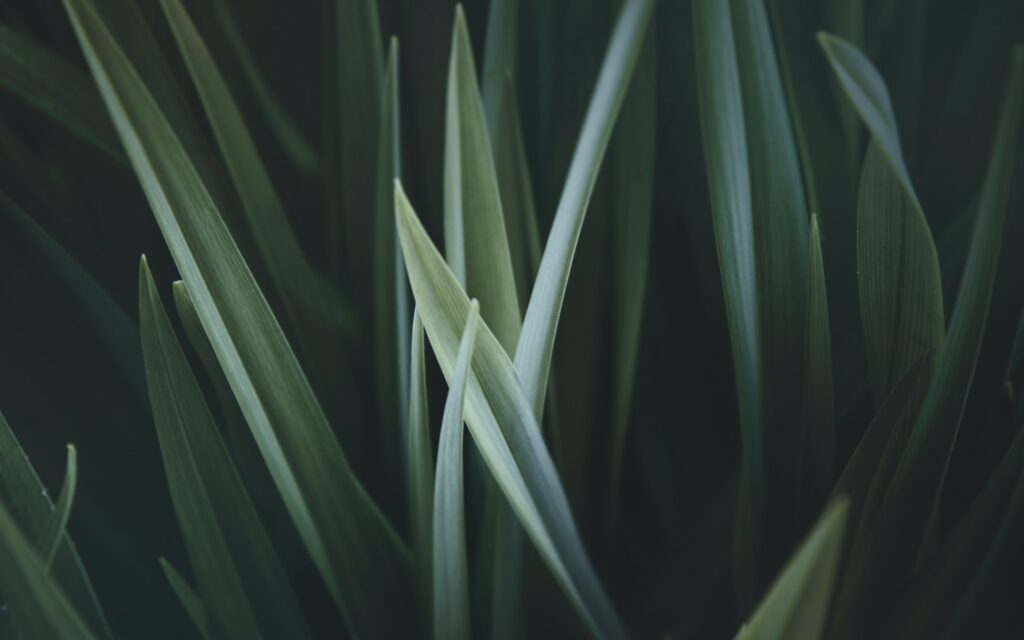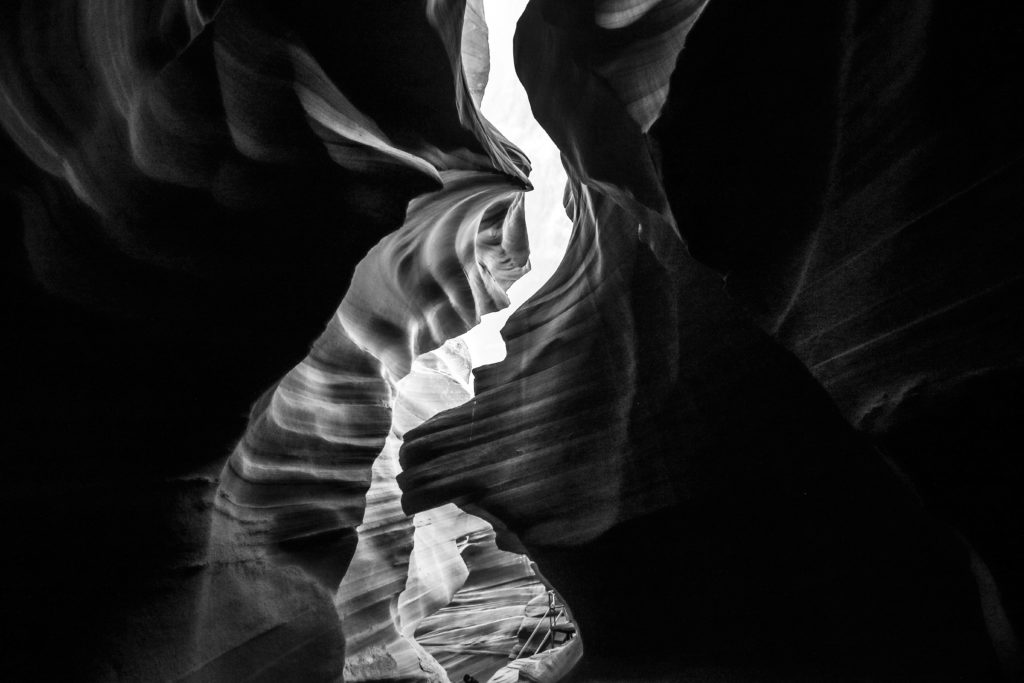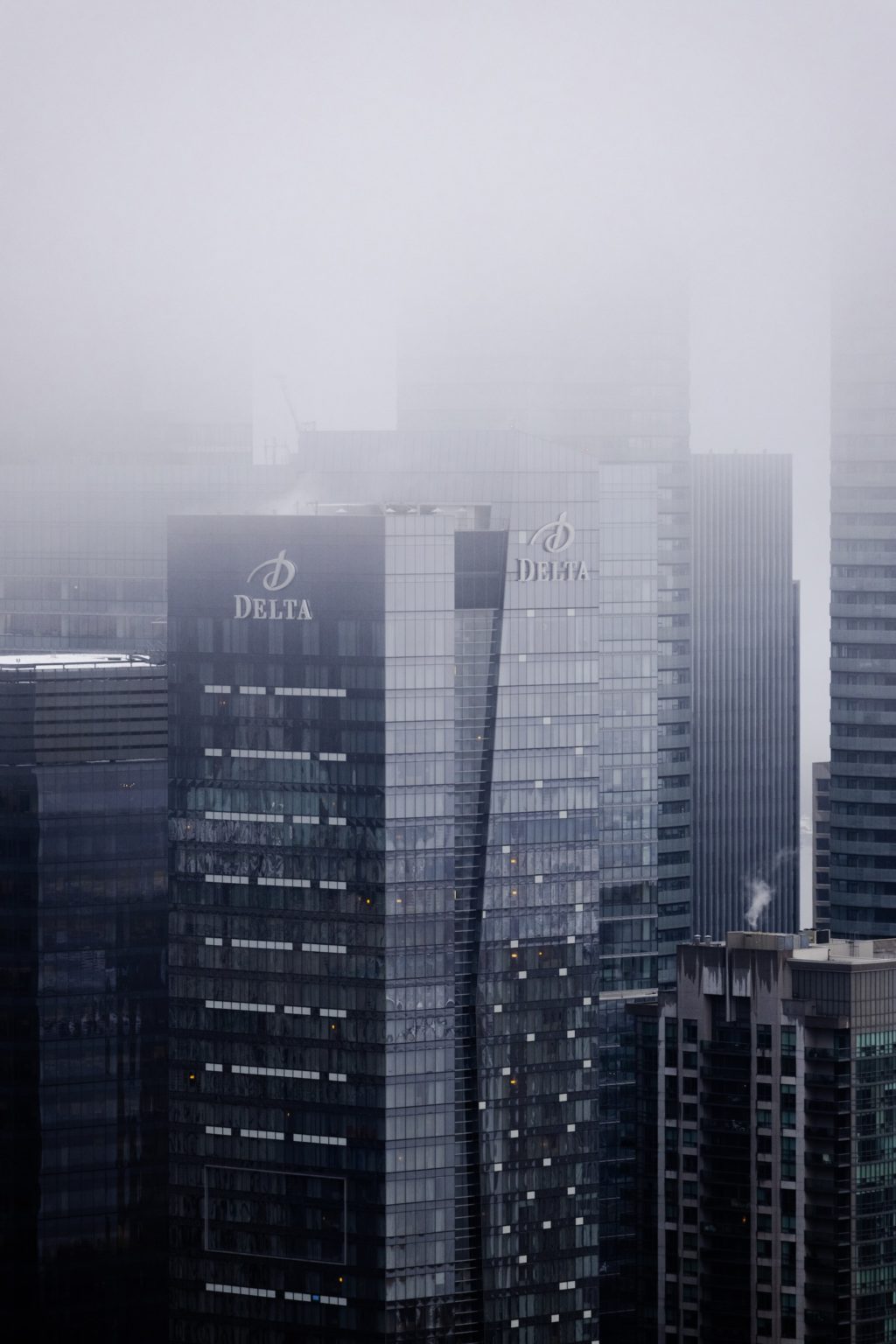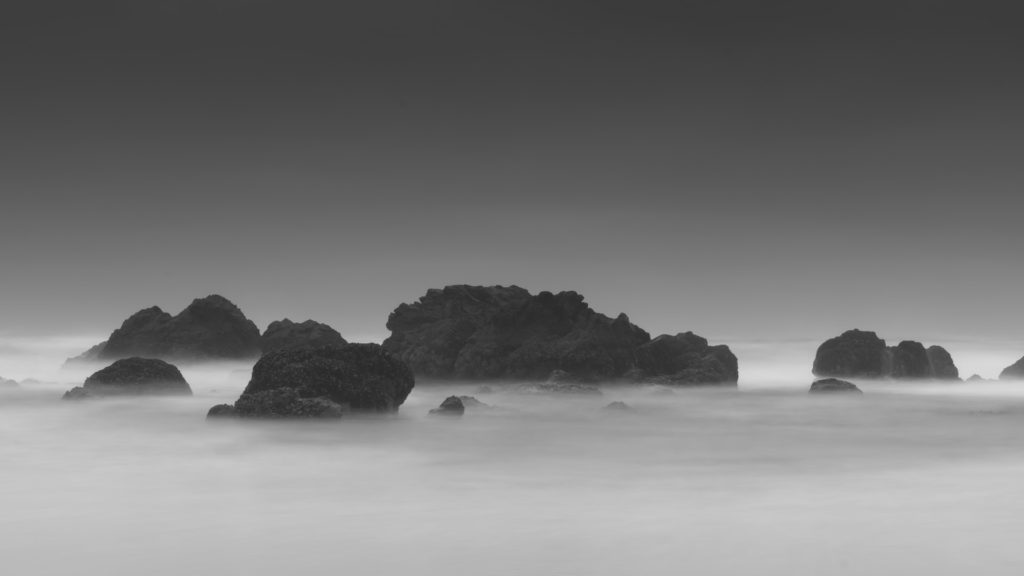Unless you've invested some serious money on monochrome sensor cameras like this one, black and white photography will be a post-production choice rather than an “inside the camera” choice.
Black and white photography has intrigued a vast majority of today's digital photographers, especially the ones starting to fall in love with light.
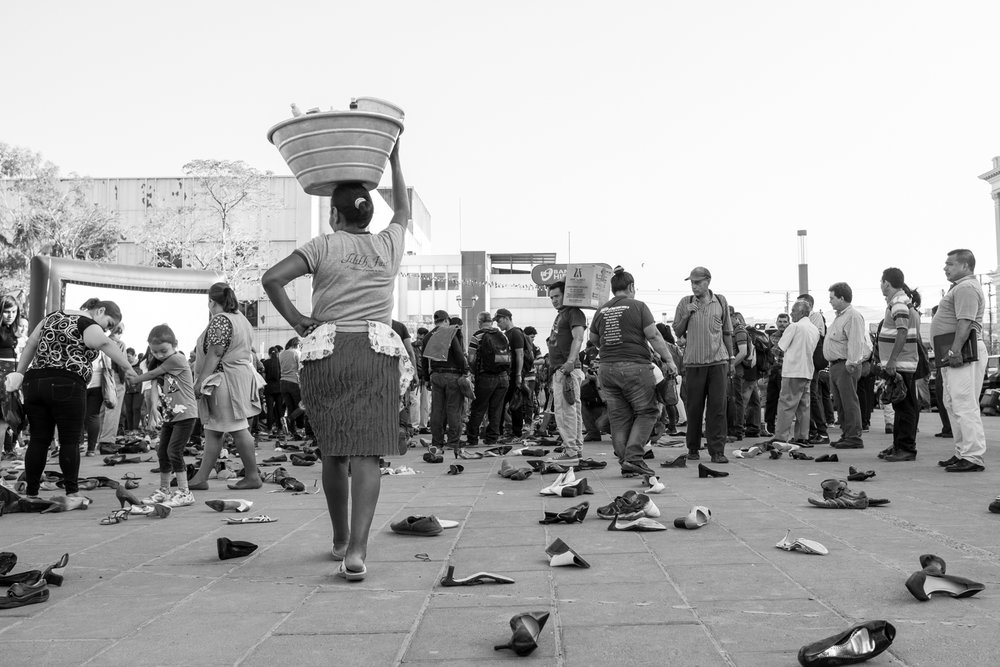
1. First And Most Important Tip – Don't Shoot In Black And White
The first thing that you need to understand is that black and white photography happens in post-production when converting a color image into a monochrome one. If you are shooting directly into black and white in your camera (even when looking mildly good) you are doing it wrong.
I still regret not knowing this right from the beginning when I first picked up a camera 10 years ago. I made some interesting photographs directly into gray-scale mode in my little point and shoot camera, and I contrasted the JPEGs by brute force with layers and layers of contrast in Photoshop.
Shooting directly into gray-scale mode is one of the most common mistakes people make when starting to get involved in black and white photography.
The trick is to shoot in RAW, and then convert your color image into black and white if the image is worthy of transforming it in the first place. That said, I have an exercise for you all.
2. Try Seeing The World In Black And White
Alright, it is pretty hard, but try it out by isolating these things:
- Texture
- Shapes
- Lines
- Contrast
- Light and Shadow
If you are able to see these elements in a scene in front of you, you'll start to understand black and white a little bit more. Eventually, you'll start to see that the best subjects for black and white imagery are those that have both bright whites and deep blacks in them.
3. Experiment With Post-Production
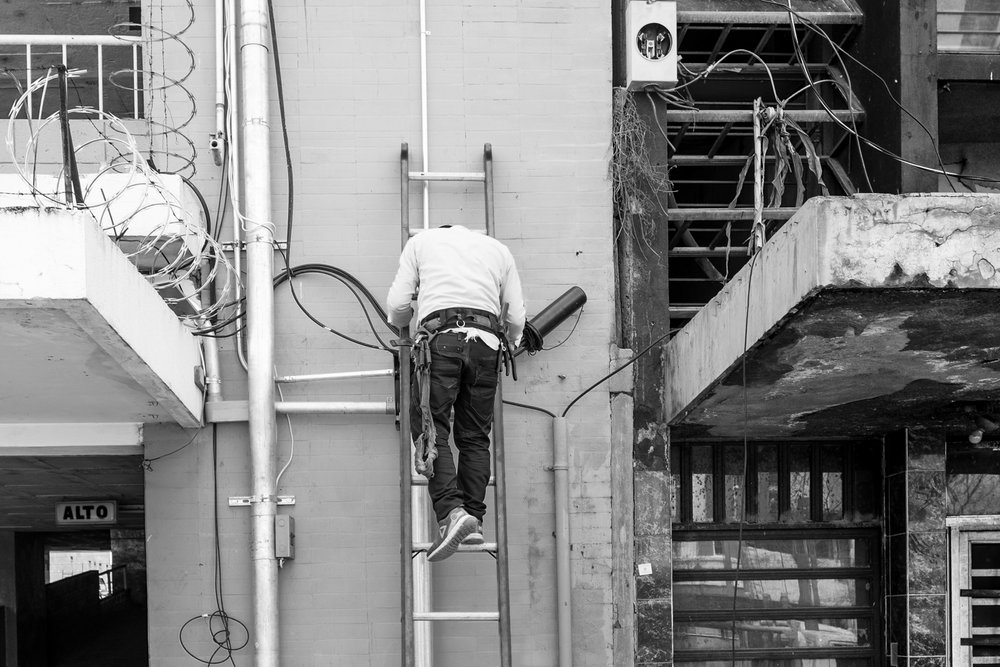
After shooting some frames, import them into your computer and run the files through your favorite RAW image developing software (I love Adobe's Lightroom) and do the following. Convert the image into black and white, and then start playing with the colors, and you'll see how true contrast is achieved in black and white photography.
Back in the days of film, black and white was a matter of choice. Photographers had to choose a specific film sometimes before having the scene in front of them. We all have the great fortune of deciding this after the shot has been made.
Also important for you to know, not every single image in the world needs to be transformed into black and white, you need to learn how to judge whether a shot works best desaturated or in color.



